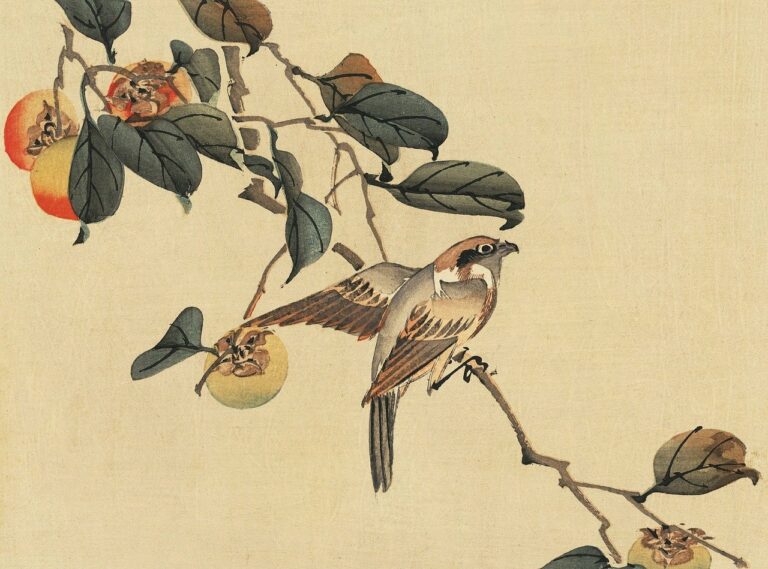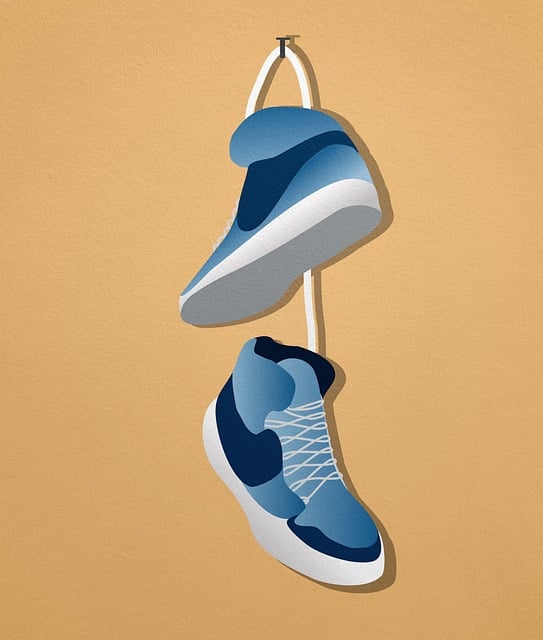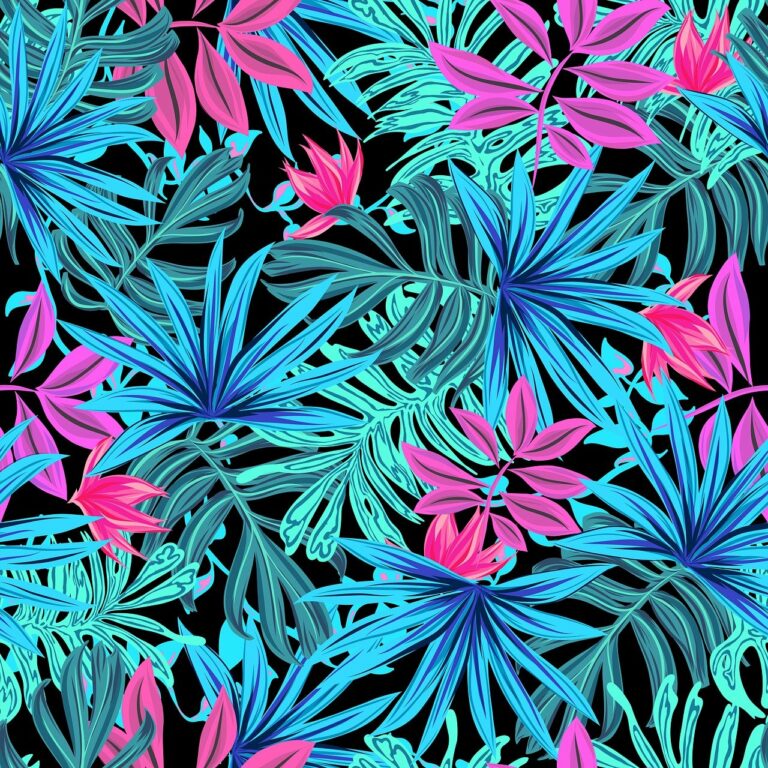The Influence of Retro and Vintage Fashion on Contemporary Trends
Retro and vintage fashion have deep roots in the evolution of clothing and style over the centuries. From the intricate garments of the Victorian era to the bold and vibrant designs of the 1980s, each period in history has influenced the way we dress today. The term “retro” typically refers to styles from the 1960s to the 1990s, while “vintage” often denotes clothing from earlier decades, such as the 1920s or 1950s.
The resurgence of retro and vintage fashion in recent years can be attributed to a growing appreciation for nostalgia and a desire to stand out in a sea of fast fashion. As consumers become more conscious of the environmental impact of their clothing choices, many are turning to second-hand and vintage stores for unique pieces that are also sustainable. The history of retro and vintage fashion is a testament to the enduring allure of classic styles and the cyclical nature of trends in the fashion industry.
Key Characteristics of Retro and Vintage Fashion
Retro and vintage fashion is characterized by its nostalgic appeal, often drawing inspiration from bygone eras such as the 1920s, 1950s or 1970s. One key characteristic of retro and vintage fashion is the emphasis on quality craftsmanship and attention to detail. Garments from these eras are often well-made with intricate embellishments, unique patterns, and luxurious fabrics that stand the test of time.
Another defining feature of retro and vintage fashion is the focus on silhouettes that accentuate the female form. Styles from different eras highlight various aspects of femininity, whether it’s the cinched waists of the 1950s, the flowing lines of the 1970s, or the free-spirited bohemian look of the 1960s. Retro and vintage fashion celebrates the diversity of women’s bodies and provides options for expressing individuality through clothing.
Popular Retro and Vintage Fashion Eras
The 1920s, also known as the Roaring Twenties, marked a significant shift in fashion with the rise of the flapper style. Women embraced more relaxed silhouettes, shorter hemlines, and bolder embellishments. This era was all about liberation and breaking traditional fashion norms, leading to the popularity of fringe, art deco motifs, and cloche hats.
Moving on to the 1960s, the youth-driven counterculture revolutionized fashion with the rise of mod style. This era was characterized by bold patterns, vibrant colors, and geometric designs. Mini skirts, shift dresses, and go-go boots became iconic staples of the 1960s fashion scene, reflecting the spirit of rebellion and creativity that defined the era.
What is the difference between retro and vintage fashion?
Retro fashion refers to new clothing that imitates styles from the past, while vintage fashion refers to clothing that is actually from a previous era.
What are some key characteristics of retro and vintage fashion?
Some key characteristics include bold patterns, bright colors, unique silhouettes, and a focus on quality materials.
What are some popular retro and vintage fashion eras?
Some popular eras include the 1920s flapper style, the 1950s rockabilly look, and the 1970s bohemian trend.
Where can I find retro and vintage clothing?
You can find retro and vintage clothing at thrift stores, vintage boutiques, online vintage shops, and even in your own closet or attic.
How can I incorporate retro and vintage fashion into my wardrobe?
You can incorporate retro and vintage fashion by mixing vintage pieces with modern ones, accessorizing with vintage jewelry or accessories, or simply adding retro-inspired elements to your outfits.







